It wasn’t that long ago I was declaring the Fujifilm X-A7 the best value entry-level mirrorless camera… but I need to correct that. In my defence, I wrote that before the Fujifilm X-T200 was released and usurped the X-A7 from its top spot on my list. I hereby officially declare the new great all-rounder of entry-level mirrorless interchangeable lens cameras. At under AU$1300, some might call it the Holy Grail.
Whatchu Got, Fujifilm X-T200?
Let’s talk specs first. With a 24.2 megapixel APS-C sensor, 4K video up to 30p, or full HD video for creamy slo-mo at 120p, and 8 frames per second continuous stills shooting, you have all your bases covered. There’s a flip-out touch screen that makes shooting feel similar to photographing with your phone, only better, and the whole package only weighs 370g (without a lens), so it’s not going to blow your carry-on baggage allowance… not that any of us will be flying off on an exotic holiday anytime soon.
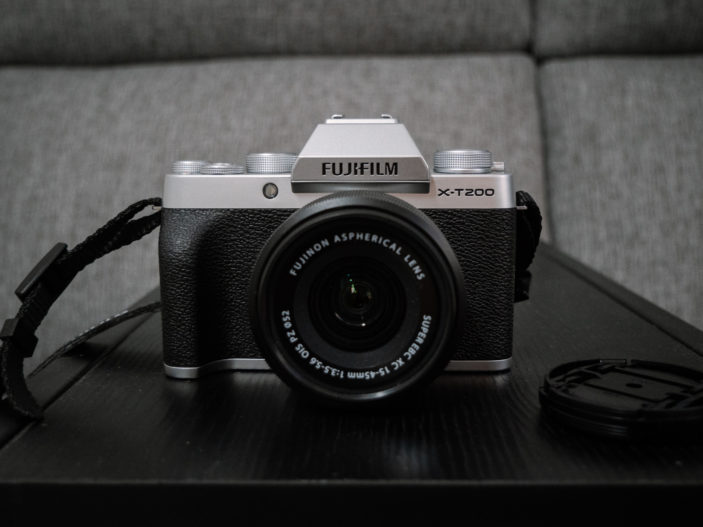
If you’ve never shot on manual camera settings, or with any kind of interchangeable lens camera before but you’re keen to step up your photo game, the X-T200 would be a phenomenal place to start. This is your new Nice Camera. It’s easy to control, comes with plenty of fun effects, filters and features, and performs beautifully in all kinds of situations. I wish cameras like this had existed when I was getting started!
Choose Your Fighter: Shooting Modes for Everyone
Want the camera to do all the hard work for you? Throw it on SR+ mode and forget about everything but pointing and shooting. Want to give it a little something extra? Open the touch screen menu and find controls for softer skin (portrait enhancer), brighter or darker photos (exposure compensation), depth of field (depth control – literally just an aperture control by a more understandable name).
Want a particular look? Advanced Filter mode’s got your toy camera, clarity, HDR, selective colour effects and more. SP mode covers all the specific shooting situations you might need, from portraits to fireworks to underwater and light trails. Landscape, sport and night modes get their own starring role on the mode dial, since you’ll probably want them more often, and then you’ve got your classic manual and semi-automatic shooting modes for when you’re ready to be in total control. Want to shoot video? Easy as – hit record in any mode, or choose 4K movie mode on the mode dial.
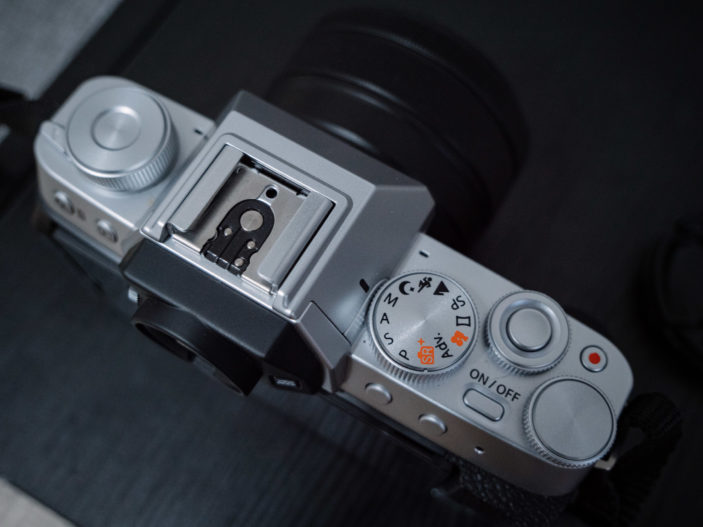
That sounds like a lot of options, but the Fujifilm X-T200 is designed in such sleek and minimal way that everything is easy to find, nothing is overwhelming and it looks super classy to boot. I took it along on several mid-lockdown strolls through Brisbane town, and one guy actually went out of his way to compliment my cool camera from an appropriate social distance, and ask if it was a legit film camera.
Besides the top dial and on-screen shooting options, there aren’t too many more buttons or dials to know about. The back of the camera sports delete, playback, menu/OK and display/back buttons, a handy joystick to navigate through menus and move your focus area around (if you aren’t just poking your focal point on the touch screen, which does the same job). There are two customisable buttons that are unlabelled, ready to do whatever you’d like them to (or by default, they toggle display of shooting settings on screen and auto-focus lock respectively). There’s a view mode button very logically located beside the electronic viewfinder so you can switch between it and the screen super easily, but the eye sensor will also do that job for you just by holding the camera up to your eye.
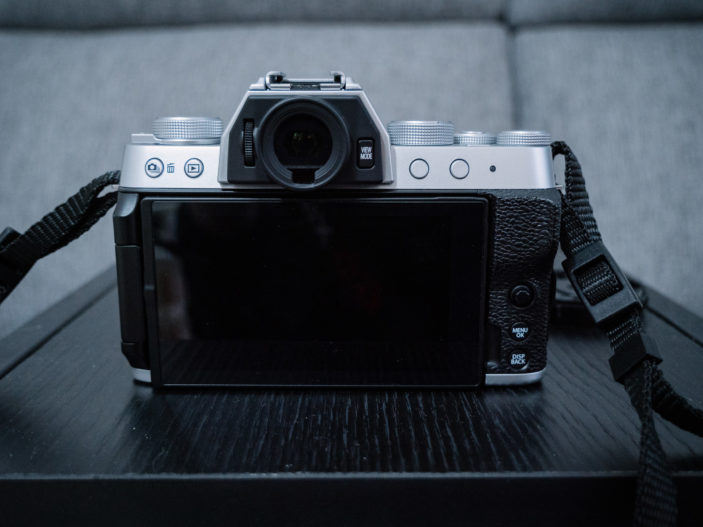
On the to left side of the body is a dial to cycle through self-timer modes, which are so smart you can tell them how many people are in your group shots and it will make sure they are all ready before it takes your photo. Just under that wheel is what looks like a lever to wind your film onto the next exposure it’s there to pop your flash up. On the other side of the hotshoe is the aforementioned mode dial, the shutter button, which also has a ring for aperture control handy to your index finger, and another dial behind that for shutter speed that’s handy to your thumb. Nestled amidst the three is a low-set on-off button, so it won’t accidentally turn on in your bag but you don’t have to take extra care to make sure it presses properly either – camera-turn-on time is satisfyingly swift.
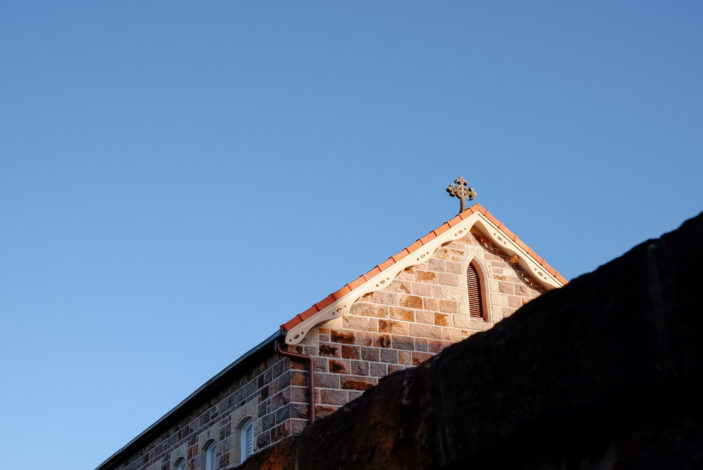
Aaaand CUT! … Oh wait.
My only gripe with the body design on the X-T200 is the record button. It’s in a nice enough spot – in between the shutter and the shutter speed wheel – and it’s flush with the body as is the on/off button, but for some reason it’s very hard to press. A quick tap won’t do it – you need to press and hold for a moment, or your recording won’t start and the moment will be gone before you’ve even realised it. On the other end of your clip, if you’re anything like me, you’ll think you’ve stopped recording, then find 20 seconds later you’ve accidentally recorded a lovely shot at the end of your take of your feet, or your jeans, or the ground beside you. Oops.
If this was your only camera, you’d get used to that quirk very quickly, but even over the course of the extended test time that lockdown restrictions afforded me, I never adapted – I still expect the same button sensitivity I get from my other cameras, and while it frustrates me a little, it’s certainly not enough to write this camera off as Not Worthy.
Fighting Noise by Moonlight, Locking Focus by All Light
The Fujifilm XT-200’s focus system is quick, accurate and impressive – especially for portraits, with its face and eye detection locking on and tracking movement beautifully. It uses a combination of hybrid-phase detection and contrast-detection to work out where things are, how far away they are and how quickly they’re moving, which makes shooting all the easier for everyone. It also handles darkness very well for a camera of its size and price range. A copper wired processor means it processes images much faster than its predecessors, which means less noise in dark photos and even the ability to focus fairly accurately in low light. It won’t be able to find things to focus on in the pitch dark, but dimly-lit parties and outdoor evening events won’t be the photographic issue they once were.
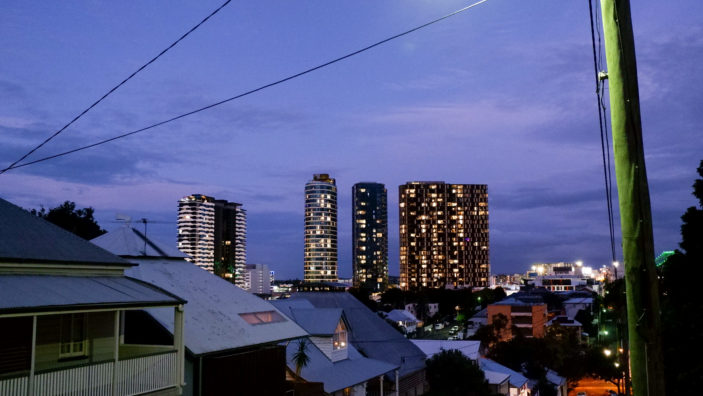
For All Your Video Platform Needs
Video is a huge deal these days – we are living in the age of Youtube and Tiktok after all – and the X-T200 isn’t short of video options for all kinds of needs. Most APS-C sensor cameras crop the image a little to make their 4K footage, but this guy is a little different – It makes its 4K videos (at 3840 pixels by 2150 pixels) by recording in 6K with no crop, and downsampling that crispy goodness to the end resulting 4K size. That helps it keep noise to a minimum. The image stabilisation works a treat, and with 120p full HD video for all your delicious slow motion enjoyment and a mic input tucked onto the left side of the body, you’d have no trouble making content – whether its for a Youtube channel or your own holiday films.
When I first researched the X-T200 before it arrived in my hot little hands, I got very excited about a new feature called Digital Gimbal. As you might imagine, it’s some very intense image stabilisation, completely eliminating the sea-sickening effect of the shaky-handed roving cameraman. In practice, it wasn’t quite as groundbreaking as I’d hoped – in order to stabilise your video so dramatically, it uses gyro sensors and has to crop in on your video and use the data in the parts you can’t see around the edges to track your human error shakiness and offset it, to make it appear that your video is smoother than that one Santana and Rob Thomas song from 1999.
Depending on your lens, that means your footage might appear quite a bit closer than you’d hoped – I tested the X-T200 with the kit 15-45mm lens it ships with and found that even at its widest, that 15mm focal length didn’t give me much room to frame anything unless I could get pretty far away from it. It also looks a bit like the Youtube editor’s built-in stabiliser – a little jerky in its movement when changing directions and very vibrate-y in low light, which isn’t very gimbal-y of it. I’d much rather stick to the regular image stabilisation and keep my wider angle of view, especially when that regular image stabilisation is pretty good in and of itself.
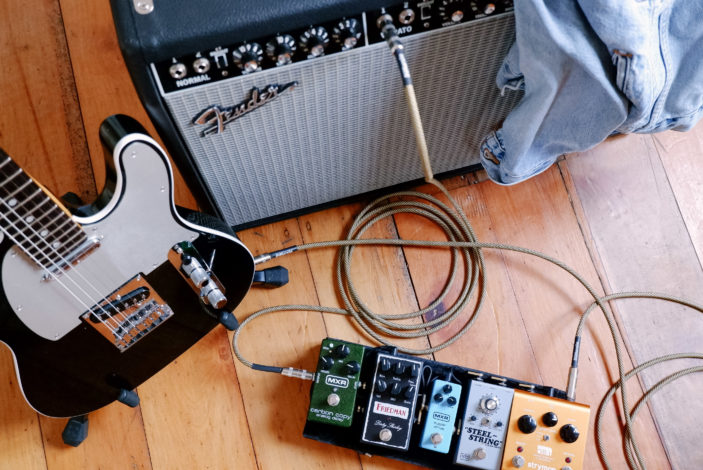
Filter Me This
Fujifilm are known for their colours – they are one of the OG film stock makers after all, its right there in their name – and all their cameras come with their famous range of film simulation filters. This is one of those features I would have loved experimenting with as a beginner photographer in 2006, the time of barely-recognisable Myspace profile pics and emo fringes – they can give your photos a little extra mood or a specific colour tone without you needing to edit them after the fact, and you can use them across video shooting modes too.
2020 me prefers to shoot in RAW and edit in Lightroom and Photoshop rather than committing to a preset film filter in-camera, but for those who prefer less fuss, hate editing or like the idea of a consistent look, these film simulation filters provide an opportunity to work out what you like, throw back to a different time and play with stylistic looks.
We Artist, Baby
Who doesn’t love a dynamic city night scene with the trailing lights of passing cars? I’m definitely a sucker for them, and as a Nikon and sometimes Lumix shooter, I’m a bit jealous of Fuji’s light trail mode. Listed in the SP mode’s range of shooting situations, this mode does all the heavy lifting of light-trail shooting for you – just mount the camera, hit the shutter and watch as the X-T200 shoots multiple images as the cars pass, automatically stacking them together and combining the light trails in-camera for you.
The resulting image is always a jpeg, so RAW-preferring shooters beware – especially if you rock a Fro Knows Photo shirt – but it’s so darn convenient that this usually-RAW-preferring shooter doesn’t even mind. There was a lot less traffic happening than usual while I was testing the X-T200 out, given the whole pandemic thing going on, but I had a good play with the same feature on the X-A7 back in January. Here’s how that turned out!
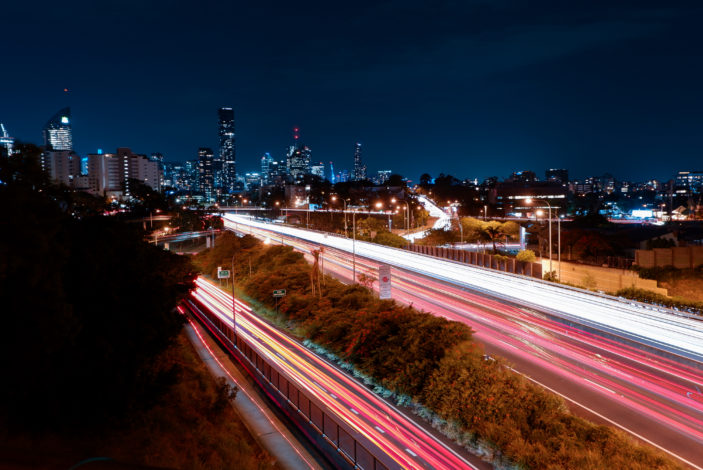
Vibrant shots like that one look especially impressive on the X-A7’s 3.5-inch vari-angle screen – it’s sharp and bright and vivid, and looks particularly spectacular if you’re shooting in the 16:9 aspect ratio which fills the whole screen. I’m more of a 3:2 girl myself, given it’s the age of Instagram, and that means the screen isn’t being totally utilised for those other aspect ratios that don’t fit such a wide screen, but it’s still lovely to use. It flips right out to the left side and rotates fully to face forward, which makes selfies and vlogging super easy to execute.
And in a super 2020-appropriate move, a firmware update came out for the X-T200 in June that allows you to use it as a webcam over USB for Windows 10, Mac Mojave and Catalina. Go forth and Zoom call, or Twitch stream, you savvy tech geniuses!
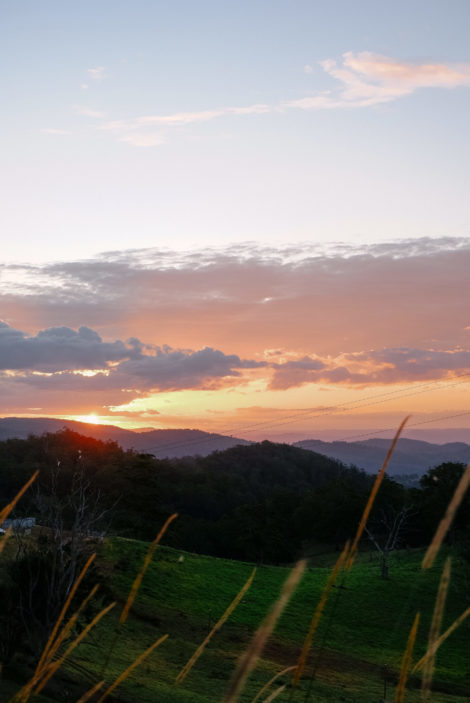
In case you didn’t pick it up from my very subtle opening paragraph, I am super impressed with the Fujifilm X-T200. It’s intuitive, versatile and powerful at a very reasonable price, and would be a great choice for any keen up-coming photo enthusiasts or content creators.
Review score:
![]()
![]()
![]()
![]()
![]()
FOUR AND A HALF STARS (OUT OF FIVE)
Highlights: Great value, great performance, looks fancy
Lowlights: Record button is a bit hard to press
Manufacturer: Fujifilm
Price: $1299.95 with 15-45mm lens (on Teds.com.au)
Available: Now
Review conducted using a loaned retail unit provided by the manufacturer.
